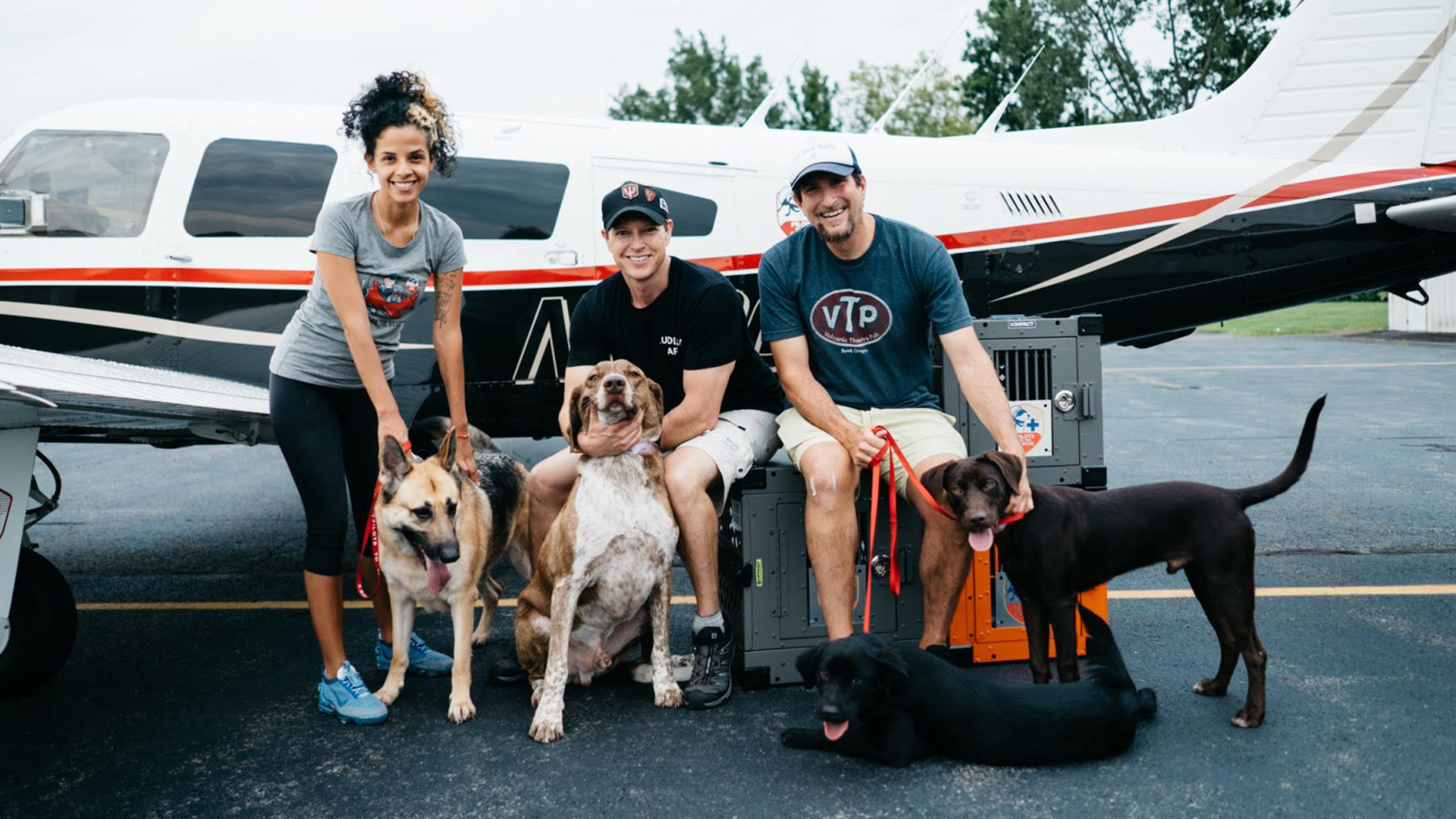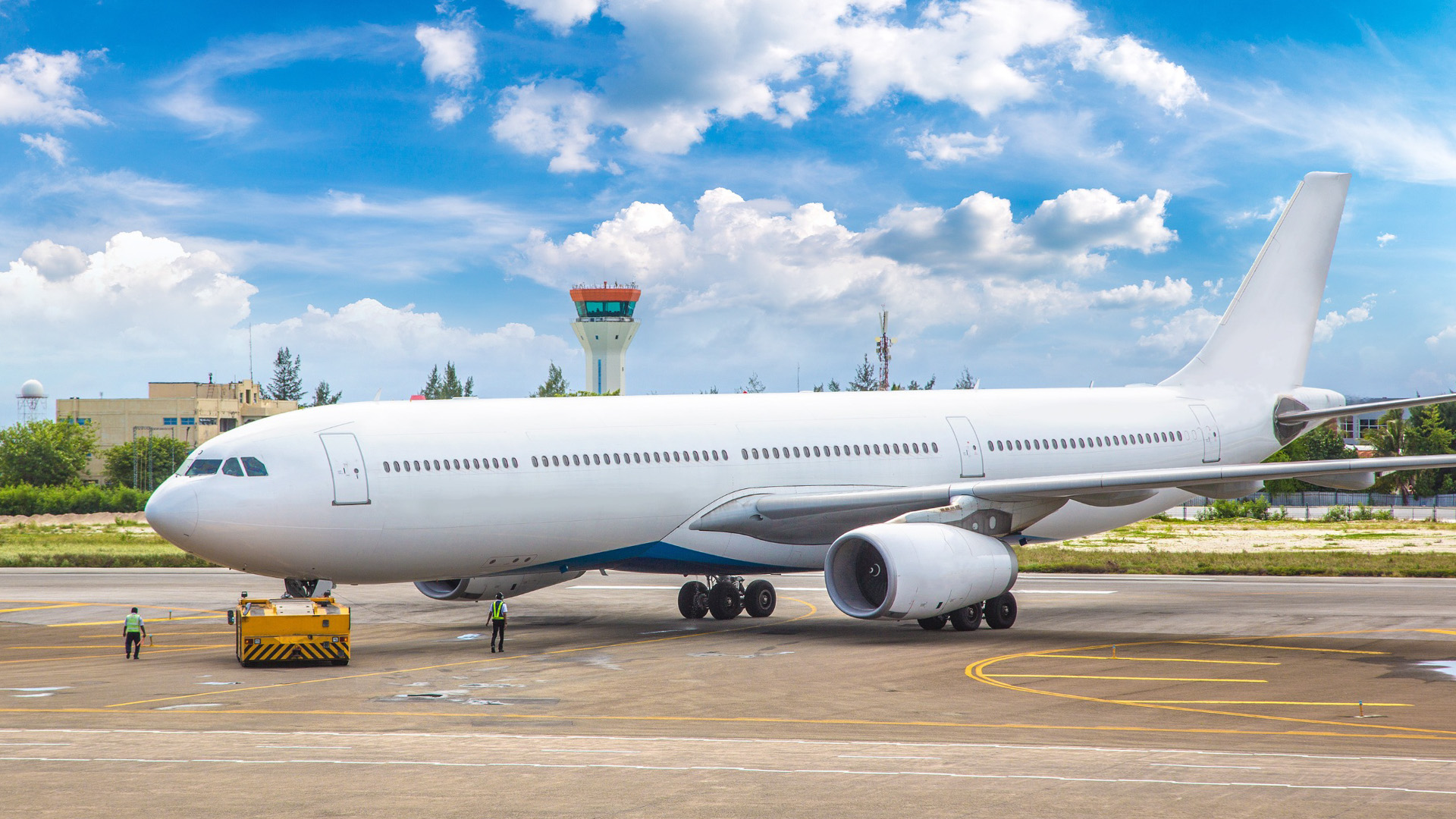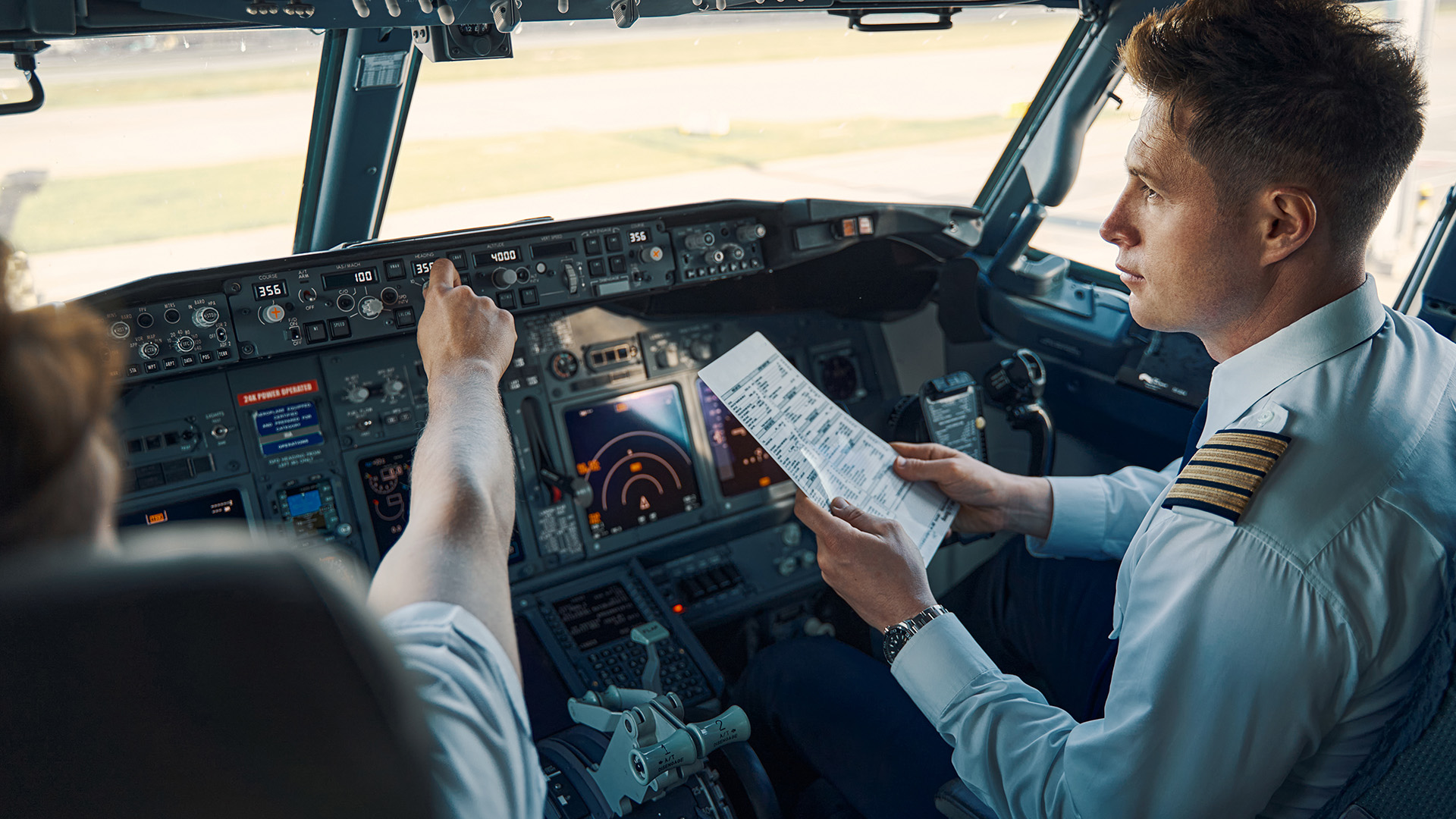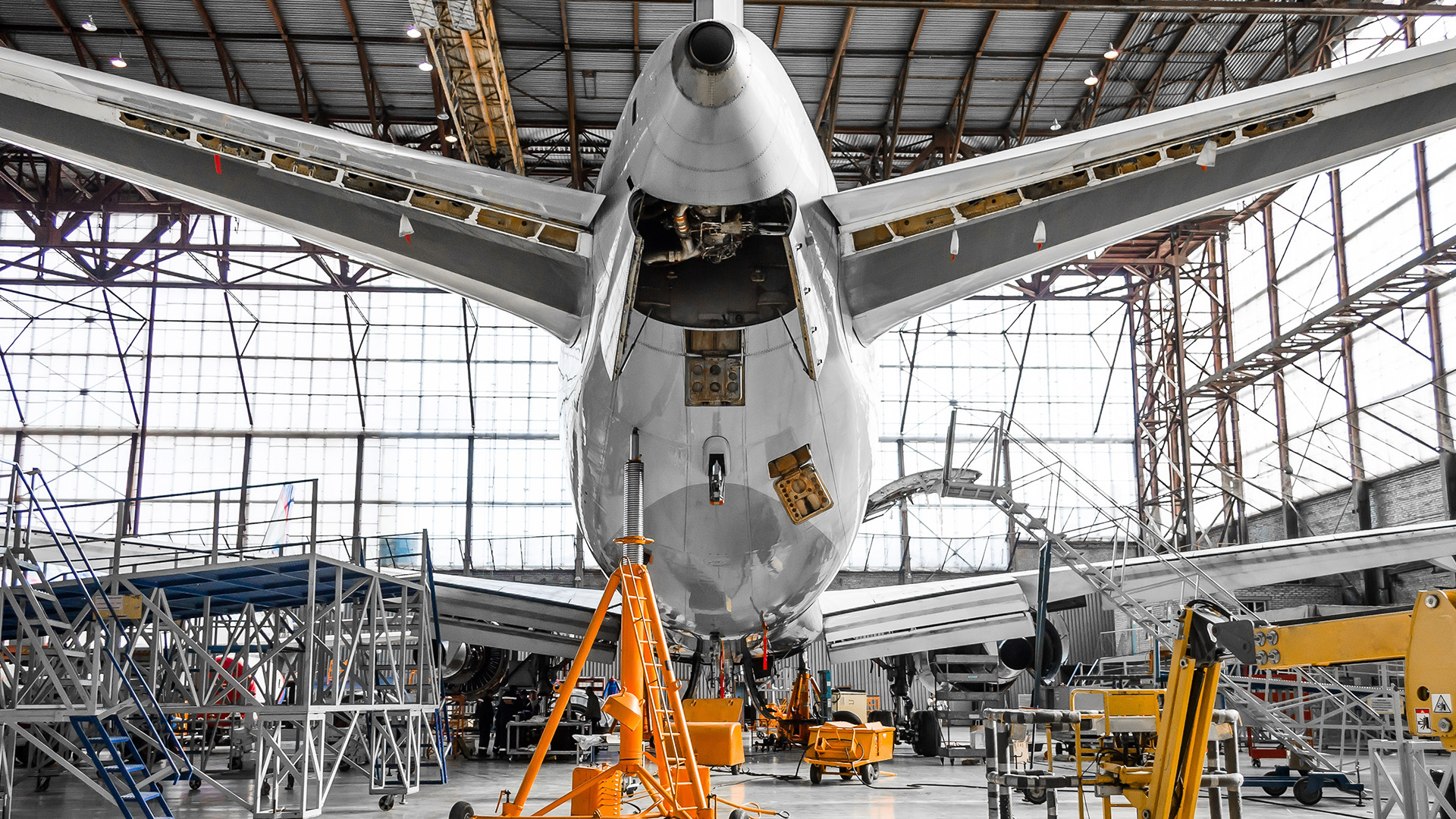Author
Operation: Pilots and Animal Rescue
The ASPCA states, “Each year, approximately 920,000 shelter animals are euthanized (390,000 dogs and 530,000 cats) in the U.S. alone.” With the help of non-profit organizations like Pilots to the Rescue, Pilots N Paws, Animal Rescue Flights, and various other animal rescue pilots, over 200,000 animals have been rescued up to date, with over 16,000 animals flying yearly. Get to know the heroes behind these extraordinary operations below!
Pilots to the Rescue
With over 1,000 animals saved, over 11,989 miles flown, and 61 dogs plus 53 cats getting a new shot in life, Pilots to the Rescue (PTTR) are determined to save as many animals as possible. PTTR is a non-profit organization comprised of trained pilot volunteers and a 501c3 public benefit aviation organization. Pilots from all over the U.S. transport domestic and endangered animals who might be facing euthanasia, need to leave a dire situation, or just need transportation to their new home or shelter.

Founder Michael Schneider started this ever-growing foundation by combining his love for animals with his passion for aviation. “So it took 45 years to realize what I wanted to do when I grew up. This is a real passion of mine; it gives me such a sense of fulfillment, and I love doing this work. It’s tremendous.” Schneider stated. PPTR has also saved wolves and sea turtles and helped release them back into the wild.
Pilots N Paws
Pilots N Paws is a non-profit organization that brings pilots and animals together, free of charge. The organization has over 4,200 pilots in 50 U.S. states and flies around 15,000 animals yearly. Over 15 years ago, animal lover Debi Boies and pilot Jon Wehrenberg joined forces after realizing that animal transportation was not readily available for animals in need. They paired up with aircraft maker Cirrus, which supports them financially. Together they have transported dogs, cats, dolphins, bears, turtles, eagles, and other wild animals who have suffered from wildfires! Pilots N Paws serves as a mediator between the shelter, a new home, or clients.

Pilot Jackie Gaertner shared this story: “On one particular flight, we were able to fit seven pet crates in the cabin, carrying a total of 39 animals. They were transported safely and comfortably in our pressurized cabin from Visalia, California, to Hillsboro, Oregon – a 2.5-hour flight. This included three momma dogs, 30 puppies (22 less than a week old), and six kittens.”
Animal Rescue Flights
Animal Rescue Flights (ARF) has been helping animals since early 2008. Pilots, crews, drivers, shelters, and volunteers from all over the U.S. have come together with the platform Doobert to transport everyone safely. ARF promotes animal welfare, saves animals from death, and takes them to their new families. Both the senders and the receivers will never face a fee.
Rain, shine, hail, or stormy, pilots are helping animals in need and helping them reach their next and hopefully happy destination.
Log hours, save animals
“I hope other pilots will get involved. They will find it to be so very rewarding. You are using your unique gift of being able to fly an airplane to do something really worthwhile.” Said volunteer pilot Sue Haas for Pilots N Paws.
From logging hours, taking your plane for a personal trip, or looking to give back. Joining one of the organizations above can be just what you are looking for; in return, you can be a hero to someone or even a whole family. Humanitarian flights help to move out overpopulated areas and save animals in return. They help to free up space. And who knows, you might find yourself alongside a dolphin or a cute puppy that might become the love of your life.

Author
5 tips to enhance your aviation security
From getting a good night’s rest to drinking less or maintaining safety while in turbulence, aviation security for you and your crew is essential.
Enhancing pilot, airport, and employee security can prove beneficial in the long run. To help you be up to date on aviation safety and security, we’ve compiled a cheat sheet of hacks, and tips/tricks to help you stay FAA-compliant and keep on your aviation security game.

About safety
Every day, over 3 million people fly safely on commercial flights globally – with an approximate chance of a fatality being 1 in 3 million. Airplane design, engineering, human factors, regulatory standards, maintenance, training, and improved technology, ensure everyone is always kept safe.
1. Lock up and keep an eye out
Always protect your aircraft when left unattended by using a door and auxiliary locks to prevent unauthorized usage. Don’t forget to close and lock-up hangar doors and any gates. Once your aircraft and hangar are locked, take your keys and never leave them unattended in your cockpit.
Always have an eye out for yourself and others. If you are suspicious of anyone who is loitering, too eager, or unfamiliar with procedures, remember all the details and report them to the authorities immediately. Listen to your gut! Never approach someone who might be a danger.

2. Security awareness
The TSA has developed an excellent training program for the aviation community to help you recognize suspicious behavioral patterns and what to do in case of an incident. However, you should always speak to the airport security or supervisor if you suspect someone or an event.
You should train yourself and personnel to recognize the following:
- Unauthorized modifications.
- Pilots who seem to be controlled by someone else.
- People without the proper credentials or identifications.
- Anyone, including pilots, who make threats.
3. Decision-making and plan B
According to the Civil Aviation Safety Authority Australia, “Flying is a dynamic activity,
sometimes requiring quick decisions to ensure a safe and successful fight. Pilots must be vigilant and be prepared to take action to counter hazards and unexpected situations.”
Fast decision-making skills are essential for pilots. Learning how and why things happen in an emergency is invaluable to solving a problem. To learn more about decision-making, click here.
4. Mental and physical health
It’s no secret that pilots and people in aviation succumb to extreme and often complex physical and mental demands that can affect their well-being. People in the aviation industry are not spared from suffering from anxiety, depression, or other mental health illness. If you feel that you are suffering from any of these conditions, it is important to talk about what is going on to get the support and treatment you need. There’s no shame in opening up!
Physical health is just as important as mental health. Remember to eat healthily and take care of your body and mind. Get the rest you need and eliminate bad habits (smoking, drinking, etc.). Lastly, work with your team and value each other’s health to create a good support system.
5. Security communications
The AOPA states, “General aviation airport managers/operators may find it helpful to develop written security procedures. Many security initiatives are already being conducted at airports but have not been formalized into a documented program. Documentation provides managers with a traceable and auditable method of ensuring airport employees and tenants are aware of and understand security measures.”
A well-written and detailed security procedure can communicate and coordinate the specific response in a particular event. The AOPA also suggests the following:
- Developing preparedness plans and training, such as the National Terrorism Advisory System.
- Review and update all plans often.
- Communicate with local, state, and federal agencies.
- Limit facility access points.
- Increase surveillance.
- Ensure that all personnel have the proper identification.

Air travel is already one of the safest types of transportation thanks to regular maintenance programs, ongoing education for everyone involved, collaboration, and adapting to current standards and/or modifying security procedures. Taking the proper precautions can prevent crime and terrorism from occurring. Remember that aviation security starts with you, your teams, and the aircraft you’re flying!
Author
Important things you need to know about One Pilot
To have two pilots or one pilot? That is the question. In this latest dilemma, airlines are pushing to cut costs and operations in very concerning ways.
In the early days, a pilot could count on 4 other crew members assisting them in the cockpit. Fast forward to now, technological advances have shrunk the operations down to 2 pilots and, quite possibly, even just one. Airlines and other regulators express their needs and explain how a one-pilot model will lower costs and solve crew shortages. It will also put all the pressure and responsibility on one person. With many countries asking the UN to change global aviation safety rules, issues of safety and stress are a significant concern.
Many airlines and companies are pushing to have one pilot instead of 2 in the cockpit when flying commercial. Though many believe this will cut costs, many pilots are expressing concerns about the amount of stress that comes along with this. What does this new bill mean, and how will it affect operations? Here’s a deep dive to help you understand, prepare, and consider the risks/challenges.

What is the one pilot model?
One Pilot model or Single Pilot (SPO) operation is an important development in modern aviation technology operations. According to Single Pilot Operations In Commercial Cockpits by Paul L. Myers III and Arnold W. Starr JR, The SPO mode is a reduction from two pilots to one pilot, which no longer can interact, monitor, confirm, and make decisions between pilots. With the development of IT technology, the logical automated processing capability and the performance of aircraft systems have been effectively enhanced, but human-to-human decision-making based on knowledge, perception, experience, and cognition during flight has stayed the same. Thus, relying solely on the single pilot’s independent cognition, behavior, and competence does not meet the safety requirements set out by I0CAO.
With fuel, labor prices, pilot salary increases, and even staffing problems, the critically acclaimed SPO could save airlines some money.
The Concerns
Changing from a collaboration of two pilots to one single pilot can drastically increase the workload that two pilots should carry out. Specific controls, set-ups, and processes might be complicated and only possible to perform with two pilots. The SPO model adoption will need to cover or create an efficient and high-quality operation to eliminate any differences, response times, flight awareness, and decision-making for one pilot to perform effectively.
In addition, the circumstances below will need to be addressed:
- When a pilot becomes incapacitated or unconscious and unable to respond to voice alerts, it can cause tragic consequences.
- Cockpit surveillance
- Establish air-ground communications and decisions.
- Complex failures and problem-solving
- Check and balance

Obstacles to consider
While we have come so far in automation, the technology that helps us fly can only do as it is told. Therefore, the automation will have to act as another human pilot and respond promptly and without errors to the pilot. You could program a computer to do specific tasks, but it cannot handle human cognitive functions. Automation failures can increase the workload again for pilots and break any confidence in the systems, becoming a stressor and getting in the way of how the pilot thinks, operates, and reacts.
Lastly, the biggest obstacle to consider is whether passengers are willing to accept one pilot flying with possible help from a not-so-perfect system. With so many countries asking for regulations to be changed and saying one pilot is as safe as two, an imminent change in automation technology needs to be developed before replacing an expert second human pilot.
Author
SJU and Iberia unite to offer direct flights to Madrid
SJU and Iberia Airlines are teaming up to bring direct flights during the high season.
From offering 4 to 5 weekly flights from Iberia Airlines to flights once a day, big changes are coming to SJU! The Spanish airline Iberia has committed to expanding its routes to SJU, meaning travelers who wish to travel to and from Madrid and San Juan can do so once a day during the peak season of August and September.

“Spain and Puerto Rico have a great cultural and commercial relationship that is increasingly growing stronger with the participation of Puerto Rico in events such as Fitur and through alliances achieved with influential companies such as Iberia,” stated Javier Sánchez-Prieto, President of Iberia.
This past International Tourism Fair in Madrid (Fitur), the Puerto Rican Government and Iberia signed an agreement to expand the Madrid/Puerto Rico route. Additionally, the deal includes a collaborative renewal of marketing and sales agreements to help inspire travelers from Europe to visit Puerto Rico. As part of the strategy, ongoing promotional campaigns, such as Live Boricua, aim to expand flight networks to Puerto Rico.

Carla Campos, Executive Director of the Puerto Rico Tourism Company, shared, “Iberia is our most important trading partner in the European market. The negotiations we carried out at Fitur 2022 resulted in a greater frequency of weekly flights, the highest number of seats available in 20 years, and an increase of about fourteen percentage points in load factors during the second half of 2022.”
The agreement will help Puerto Rico redirect tourist traffic from Spain and Europe, generate economic growth and bring development to the island’s tourism industry. As part of the deal, several marketing initiatives will be implemented on the airline’s website and social media channels, as well as in their in-flight entertainment and Iberia magazine, to push the flights and raise awareness.

Madrid and Puerto Rico are set to embrace multi-destination campaigns and offer competitive prices and packages to encourage people to travel more. Together, SJU and Iberia will reach its highest frequency of flights in over 20 years of being in business. We look forward to welcoming travelers to the island while revolutionizing the tourism industry and economy.
Author
How data sciences and AI are transforming airline operations
These have been pivotal years for data, AI, and machine learning in engineering and airline operations. A great transformation is underway. Are you ready?
Airline operations, such as boarding, are trying to keep up with current demands by adopting more advanced tech for daily tasks. Technology has changed airline operations as a whole, including how companies interact and communicate with customers. Everyone involved in flying and data science creates and executes strategic decisions and workflows. Likewise, access to real-time data is helping pre and post-flight operations such as ticketing, luggage check-ins, boarding, and other aspects of transportation be more efficient—improving the customer experience while also benefiting profit margins.

What are data science, machine learning, and AI?
Data science is a process of developing systems that can gather and analyze information to help people solve problems and challenges. On the other hand, machine learning is a branch of data science that focuses on using data and algorithms to imitate how humans learn, gradually improving its accuracy. You can find machine learning in Netflix, smart home systems, Nest, monitor health systems, and healthcare.
According to Rice University, “AI is a sub-discipline of computer science focused on building computers with flexible intelligence capable of solving complex problems using data, learning from those solutions, and making replicable decisions at scale.” Therefore, AI is used to create and learn patterns from data which then is used to develop predictive models. Data scientists use AI to understand data more comprehensively for better decision-making.
Revenue management and flight routes
One of the ways in which the magic of these new technological advancements is being put to work is in revenue management (RM). RM uses data to determine how to sell products at a fair cost, in the right places, and at the right time—based on customer behaviors and market targeting. AI also helps to decide on destinations and adjusts flight prices accordingly; thus, assisting the airlines to not only stay competitive but in helping give their customers what they want.
Flight routes are another way to take advantage of these tech tools. Scientist Konstantin Vandyshev from Transavia’s Revenue Management department stated that: “To define air routes, specialists have to analyze data and make decisions based on the insights. When researching a demand for a destination among different customer groups, they can rely on such data sources as search history and macroeconomic factors (e.g., GDP).”

Speeding up the boarding process
Many airports and airlines use AI to speed up the boarding experience and defuse chaos. For example, Southwest Airlines is using data science to help with their boarding process by collecting real-time feedback and monitoring boarding through trial and error; in other words, monitoring the boarding process according to who boards first and the speed at which they do so. How are passengers behaving, what is causing specific triggers, and what solutions can be implemented to fix any potential delays immediately?
Delta is another airline that has rolled out a fantastic biometric system to scan passengers’ faces and match them with border control databases. These self-service solutions can create a safer and faster flow in the boarding process.
According to Analytics Vidhya, “In 2018, U.S. passenger airlines were losing on an average of $74.29 per minute due to delays. The U.S. Department of Transportation calculated that delays caused by plane servicing accounted for 5.8 percent of all delayed flights.” However, by using real-time information, airline employees can monitor how long processes such as fueling, cargo, catering, and other operations take and help evaluate how to proceed more efficiently and speedily.

Other uses of AI and data
Not only are these incredible tech tools helping speed up the boarding process and the operations mentioned above, but they’re also aiding in monitoring fuel consumption by collecting information from each flight and performing a deep analysis to help identify saving and efficiency opportunities. Likewise, air traffic control automation is a computer program that plays a hand in air safety by automating rudimentary air traffic control planning and decision-making functions, allowing airlines to plan, make decisions, and act on them more successfully.
Lastly, maintenance can rack up costs incredibly fast and cause costly delays. However, by implementing data solutions and predictive analytics, support teams can determine problems faster and find solutions more efficiently, thus, reducing long-term expenses associated with such maintenance.
Briana Brownell, CEO of PureStrategy Inc, states: “I see many opportunities! For instance, to optimize operations, including adding, changing, or removing routes, setting flight times, pricing, and product offerings. Ultimately, success is driven by having a deep understanding of different customer segments and where new market opportunities exist.”
It’s no secret that the world is changing with incredible vigor with the help of data science and machine learning alike, speeding up and automating operations. These cognitive technologies help us make sense of data and streamline areas such as maintenance, customer service, internal operations, tasks, and airline management, amongst others. And they are just getting started.
